#resiliant
Text
🪻
a break...
...does not mean a habit is broken.
it means that the habit is a healthy one with time and space to step away for a bit.
after all, how will you be able to see the bigger picture if you're always too close?
take that step back. it doesn't take away your progress from you ✨
#positively positive#positive affirmations#mental health#daily affirmations#affirmations#self love#self care#love yourself#mental health tips#mental health support#break#resiliant#you deserve rest#resilient#rest and recovery#rest and relaxation#resting#just relax#relax your mind#relaxation#take a break#take a breath#calm down
136 notes
·
View notes
Photo

Sunflower Study
Art Nouveau vase by Stephanie Young of Calmwater Designs
#sunflower#geometricart#resiliant#spirit#perspective#art nouveau#ceramics#calmwaterdesigns#stephanieyoung
16 notes
·
View notes
Photo
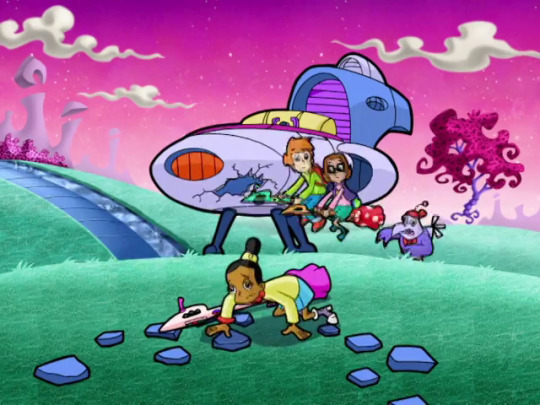
HSKDFJHSDKF HOW IS SHE NOT HURT
4 notes
·
View notes
Text
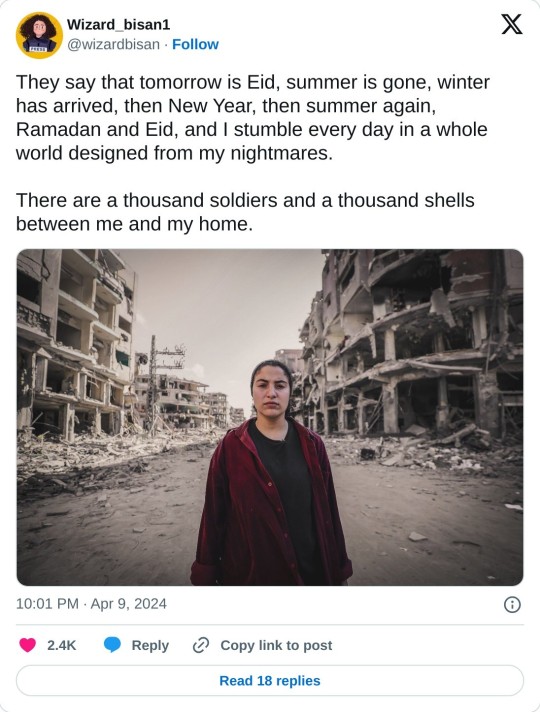
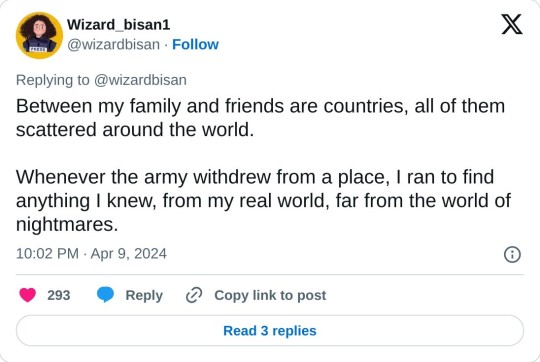
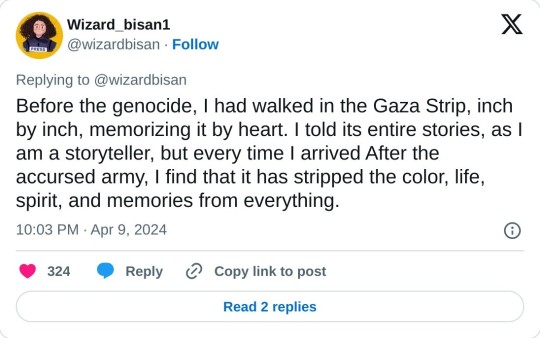
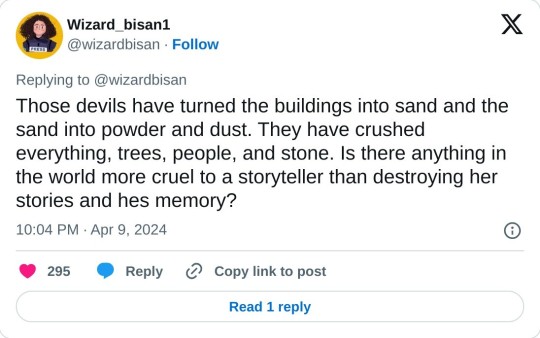

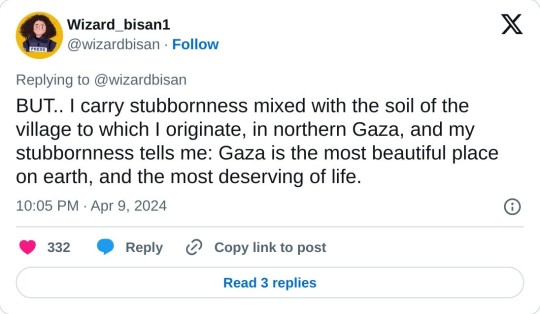
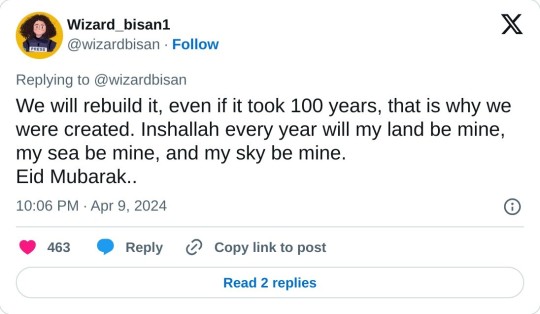
#yemen#jerusalem#current events#palestine#free palestine#gaza#free gaza#news on gaza#palestine news#news update#war news#war on gaza#bisan owda#wizard bisan#eid mubarak#eid#gaza genocide#palestinian resilience#genocide
28K notes
·
View notes
Text
As relentless rains pounded LA, the city’s “sponge” infrastructure helped gather 8.6 billion gallons of water—enough to sustain over 100,000 households for a year.
Earlier this month, the future fell on Los Angeles. A long band of moisture in the sky, known as an atmospheric river, dumped 9 inches of rain on the city over three days—over half of what the city typically gets in a year. It’s the kind of extreme rainfall that’ll get ever more extreme as the planet warms.
The city’s water managers, though, were ready and waiting. Like other urban areas around the world, in recent years LA has been transforming into a “sponge city,” replacing impermeable surfaces, like concrete, with permeable ones, like dirt and plants. It has also built out “spreading grounds,” where water accumulates and soaks into the earth.
With traditional dams and all that newfangled spongy infrastructure, between February 4 and 7 the metropolis captured 8.6 billion gallons of stormwater, enough to provide water to 106,000 households for a year. For the rainy season in total, LA has accumulated 14.7 billion gallons.
Long reliant on snowmelt and river water piped in from afar, LA is on a quest to produce as much water as it can locally. “There's going to be a lot more rain and a lot less snow, which is going to alter the way we capture snowmelt and the aqueduct water,” says Art Castro, manager of watershed management at the Los Angeles Department of Water and Power. “Dams and spreading grounds are the workhorses of local stormwater capture for either flood protection or water supply.”
Centuries of urban-planning dogma dictates using gutters, sewers, and other infrastructure to funnel rainwater out of a metropolis as quickly as possible to prevent flooding. Given the increasingly catastrophic urban flooding seen around the world, though, that clearly isn’t working anymore, so now planners are finding clever ways to capture stormwater, treating it as an asset instead of a liability. “The problem of urban hydrology is caused by a thousand small cuts,” says Michael Kiparsky, director of the Wheeler Water Institute at UC Berkeley. “No one driveway or roof in and of itself causes massive alteration of the hydrologic cycle. But combine millions of them in one area and it does. Maybe we can solve that problem with a thousand Band-Aids.”
Or in this case, sponges. The trick to making a city more absorbent is to add more gardens and other green spaces that allow water to percolate into underlying aquifers—porous subterranean materials that can hold water—which a city can then draw from in times of need. Engineers are also greening up medians and roadside areas to soak up the water that’d normally rush off streets, into sewers, and eventually out to sea...
To exploit all that free water falling from the sky, the LADWP has carved out big patches of brown in the concrete jungle. Stormwater is piped into these spreading grounds and accumulates in dirt basins. That allows it to slowly soak into the underlying aquifer, which acts as a sort of natural underground tank that can hold 28 billion gallons of water.
During a storm, the city is also gathering water in dams, some of which it diverts into the spreading grounds. “After the storm comes by, and it's a bright sunny day, you’ll still see water being released into a channel and diverted into the spreading grounds,” says Castro. That way, water moves from a reservoir where it’s exposed to sunlight and evaporation, into an aquifer where it’s banked safely underground.
On a smaller scale, LADWP has been experimenting with turning parks into mini spreading grounds, diverting stormwater there to soak into subterranean cisterns or chambers. It’s also deploying green spaces along roadways, which have the additional benefit of mitigating flooding in a neighborhood: The less concrete and the more dirt and plants, the more the built environment can soak up stormwater like the actual environment naturally does.
As an added benefit, deploying more of these green spaces, along with urban gardens, improves the mental health of residents. Plants here also “sweat,” cooling the area and beating back the urban heat island effect—the tendency for concrete to absorb solar energy and slowly release it at night. By reducing summer temperatures, you improve the physical health of residents. “The more trees, the more shade, the less heat island effect,” says Castro. “Sometimes when it’s 90 degrees in the middle of summer, it could get up to 110 underneath a bus stop.”
LA’s far from alone in going spongy. Pittsburgh is also deploying more rain gardens, and where they absolutely must have a hard surface—sidewalks, parking lots, etc.—they’re using special concrete bricks that allow water to seep through. And a growing number of municipalities are scrutinizing properties and charging owners fees if they have excessive impermeable surfaces like pavement, thus incentivizing the switch to permeable surfaces like plots of native plants or urban gardens for producing more food locally.
So the old way of stormwater management isn’t just increasingly dangerous and ineffective as the planet warms and storms get more intense—it stands in the way of a more beautiful, less sweltering, more sustainable urban landscape. LA, of all places, is showing the world there’s a better way.
-via Wired, February 19, 2024
#california#los angeles#water#rainfall#extreme weather#rain#atmospheric science#meteorology#infrastructure#green infrastructure#climate change#climate action#climate resilient#climate emergency#urban#urban landscape#flooding#flood warning#natural disasters#environmental news#climate news#good news#hope#solarpunk#hopepunk#ecopunk#sustainability#urban planning#city planning#urbanism
13K notes
·
View notes
Text

#healing#journey#growth#progress#patience#self-compassion#innerstrength#resilience#emotionalwellbeing
10K notes
·
View notes
Text
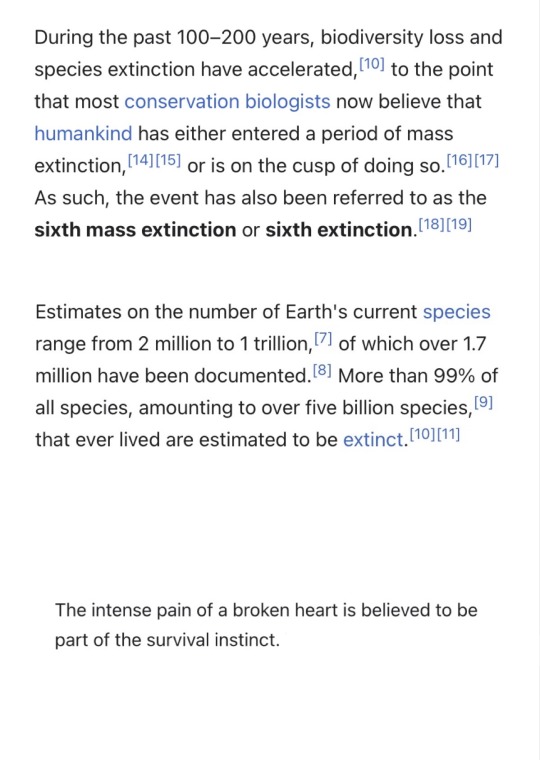
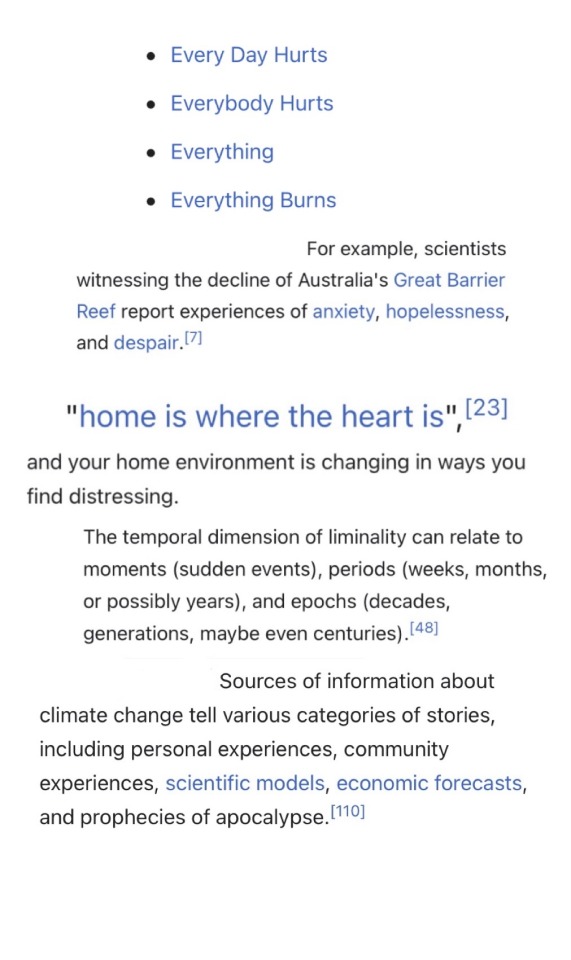

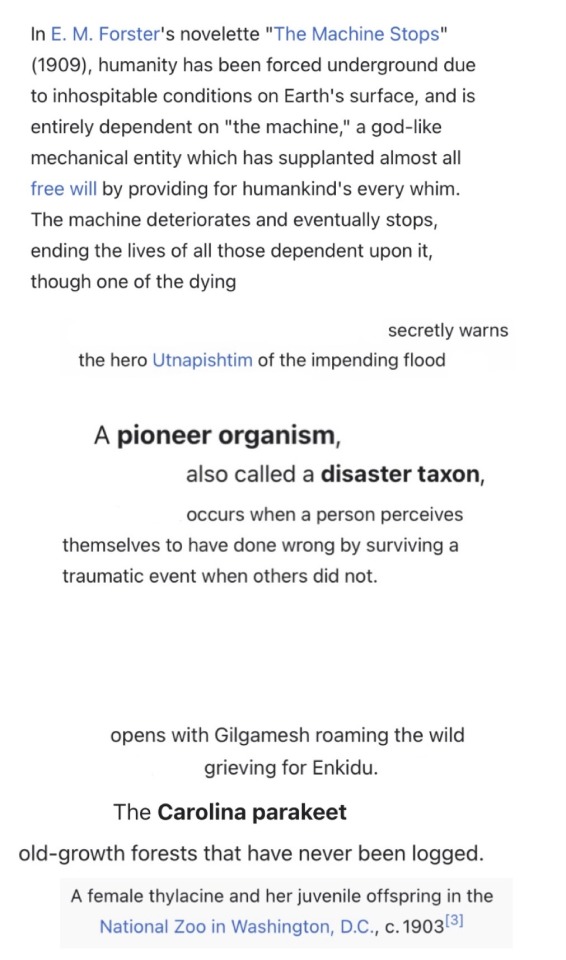


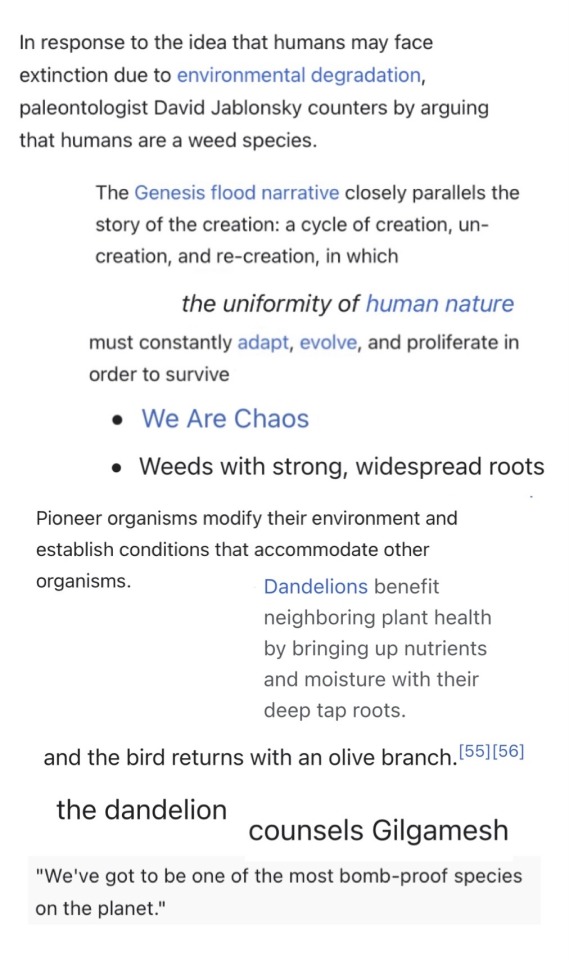
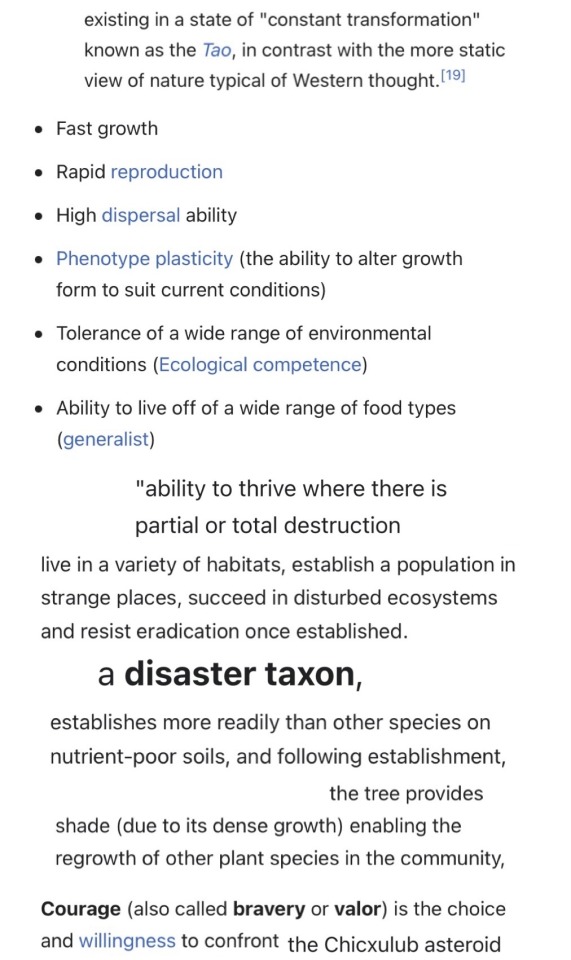

"Disaster Taxon," poem assembled using text from Wikipedia articles
#wikipedia poem#wikipedia poetry#climate grief#grief#environmental grief#resilience#climate change#gilgamesh#flood narrative#post apocalyptic#poetry#my writing#wikipedia poems#weeds#plantarchy#mass extinction#dandelion#utnapishtim
12K notes
·
View notes
Text
“We did what we could, remember us.”
- Doctors of Gaza

#they are true heroes#the resilience and dedication of the doctors in Gaza deserve our utmost admiration#they face so many obstacles#doctors of Palestine#remember the heroes#stand with gaza#free gaza#gaza strip#gaza#save gaza#palestinian genocide#save palestine#palestine#gaza genocide#genocide#free palestine
2K notes
·
View notes
Text
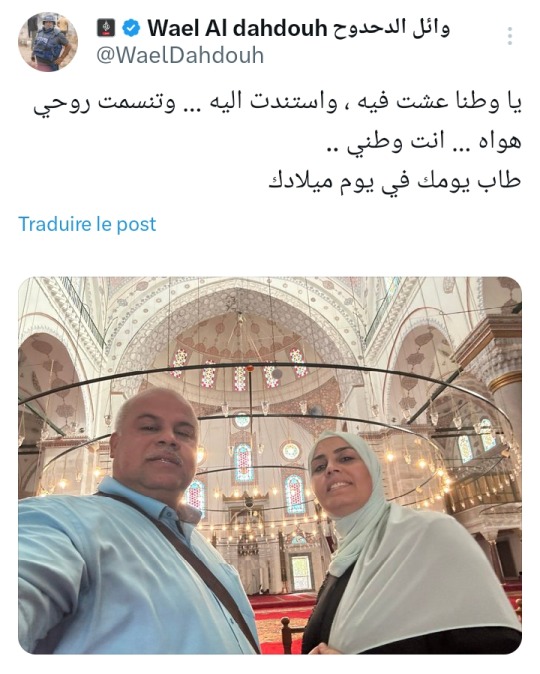
"Oh, a homeland in which I lived, and on which I relied... and my soul breathed its love... You are my homeland..
Blessed your day on your birthday."
Wael El Dahdouh, the journalist from gaza, wishes his wife a happy birthday, she was killed along with his children and family members by an Israeli airstrike.
3K notes
·
View notes
Text
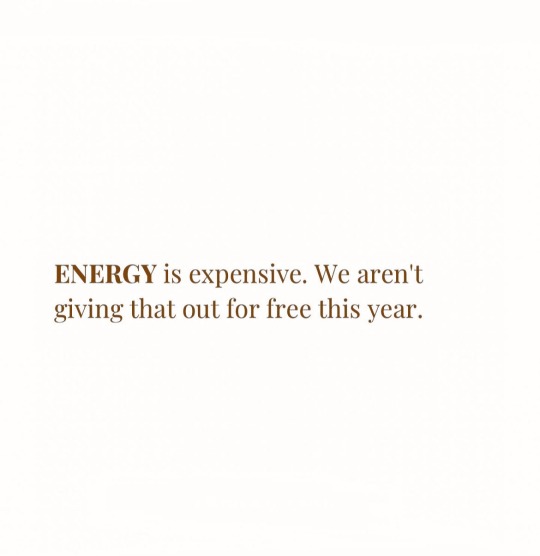
2024 IS NOT FOR "PLAY PLAY" .
#new year#leveling up#philosophy#self identity#identity#spiritual alignment#spiritual disciplines#positive vibrations#vibrational energy#resilience#spiritual awakening#high maintenance#thoughts#high value mindset#growth mindset#wisdom#gentillmatic#black girl moodboard#masculine energy
2K notes
·
View notes
Text
How to win this month…
Speaking life into yourself daily, no more judging yourself because you didn’t go for a run, or wake up at 5am. Choosing to love yourself unconditionally. Choosing to write those affirmations and stick them on the bathroom mirror, choosing to infuse your mind with loving, kindness, gratitude and all that yummy stuff on an hourly basis.
Focus on move the needle tasks. You want to write that book, loose 100 lbs, compete in the Olympics - whatever is your PRIMARY goal in life (and choose the primary one only), focus 100% on that task. Creating momentum around this one thing each and every day. Your primary goal should be your only focus. Secondary goals, are irrelevant. Nothing comes above your PRIMARY GOAL, and doing small little tasks each day to support this is how you make progress.
Organised days. As much as the feminine loves, flow, ease, loose unstructured days this truly does not bag you the life of your dreams. Break your day into 4 hour blocks, setting tasks in each block from when you wake up to the evening. This allows organised, focused, and productive days.
Using your resources wisely, if you’re still recovering financially from xmas, or on some kind of budget, ensure you spend wisely. Choosing health over aesthetic, choosing the Pilates membership over the designer trainers. The intolerance test over the sculpting facial. Investing in the inside before the outside is a priority. Making smarter financial decisions from a place of inner love.
Main character energy. Putting yourself first on a whole new level. No more thinking about the guy who you’re not even dating, no more putting mental energy into anything other than becoming your very best self. Period. If it’s taking mental energy from your purpose , from those move the needle tasks, from your organised days, from spending wisely. RE-ALIGN, create space and re-centre and get back on the track. We're winning the race this year.
#manifestyourreality#levelupjourney#levelup#manifesting#lawofattraction#levelup confidence lawofattraction powerofthemind#growthmindset#manifestingmindset#manifest#selflove#self development#self reflection#self improvement#personal growth#growth#empowerment#mindset#self awareness#resilience#authenticity#hypergamy
1K notes
·
View notes
Text

"For Life and Light."
Pffffiuuuuu... I didn't thought I would finish it in time but I did! *fist pump*
Just in time to thank the @codywanfirstkissbingo 's mods for such lovely prompts and to wish everyone a very merry Christmas and/or Winter's Holidays!!!!!!!!!
Big love sent to everyone!!!
💖❄🎄💖🌞💖🎄❄💖

#its not my fault the rallying cry of the Army of the Light sounds both like an Oath to the Force and a Marriage Vow#star wars#sw fanart#the clone wars#tcw fanart#commander cody#obi wan kenobi#codywan#clone wars#tcw#i actually managed to make one that's not AU#the darkest hours herald the dawn#team hope#cc 2224#sun coded#how many times I can use light as a symbolism of Cody's hope and resistance and resilience and love? Apparently many times#my fanart#coline7373#forehead kisses#cwfkb2023#merry christmas#sw xmas
1K notes
·
View notes
Text
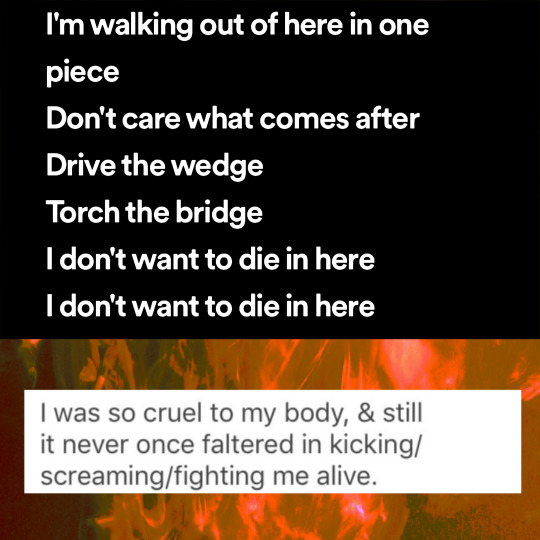



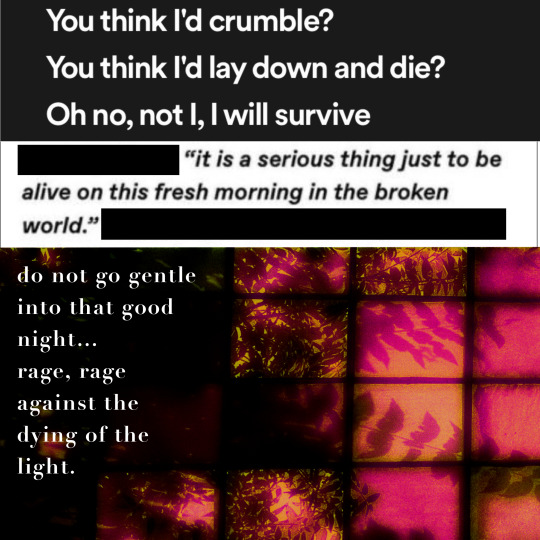
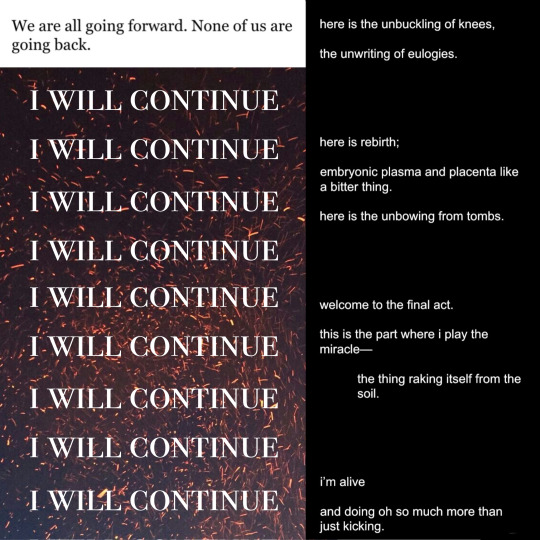
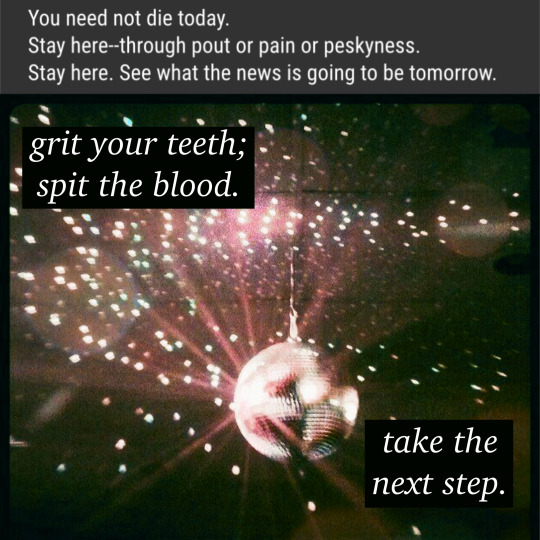
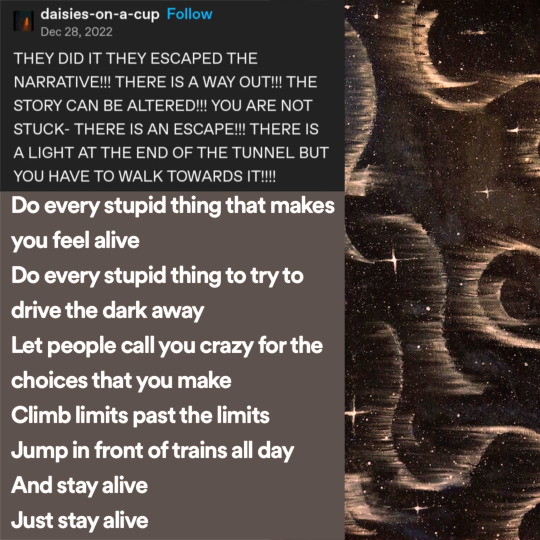
The Mountain Goats, “Heel Turn 2” // Topaz Winters, “battlefield” // Lilith Kerr (me) // The Mountain Goats, “This Year” // e.e. cummings // Tumblr user @girlroach // Angus & Julia Stone, “Make it Out Alive” // Gang of Youths, “Achilles Come Down” // Gloria Gaynor, “I Will Survive” // Mary Oliver // Dylan Thomas, “Do Not Go Gentle Into That Good Night” // Richard Siken, “Snow and Dirty Rain” // Lilith Kerr (me) // Lilith Kerr (me), “rebirth” from unloving the knife (2023) // Gwendolyn Brooks, “To the Young Who Want to Die” // Lilith Kerr (me again; sorry, I was running out of material lmao) // Tumblr user @daisies-on-a-cup // The Mountain Goats, “Amy aka Spent Gladiator 1”
#hopepunk#we’re all going forward#none of us are going back#hopepunk webweaving#web weaving#poetry web weaving#poetry webbing#quote webbing#words words words#words and stuff#word webbing#word webs#word web#a hopeful future#brutal teeth gritted resilient angry optimism#poetry#pretty words#the mountain goats#tmg#richard siken#gloria gaynor#mary oliver#word weaving#poems and fragments#quotes#words n quotes#hopeposting#gritted teeth optimism
2K notes
·
View notes
Text
May you live an existence that doesn’t require constant resilience.
#mental health#mental illness#mental health matters#trauma#resilience#resilient#trauma informed#trauma informed counseling#counseling#counselor#therapy#therapist#therapy is cool#leftblr#defleftist#leftist#life
35K notes
·
View notes
Text








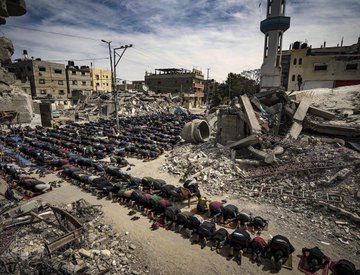

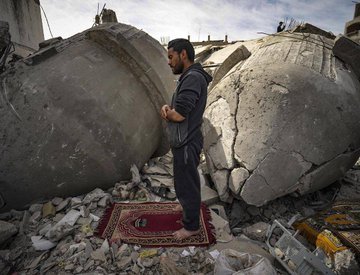


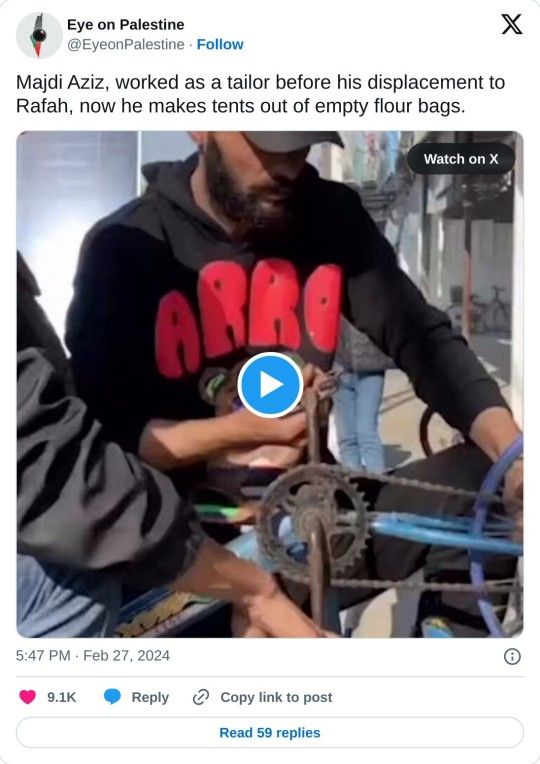
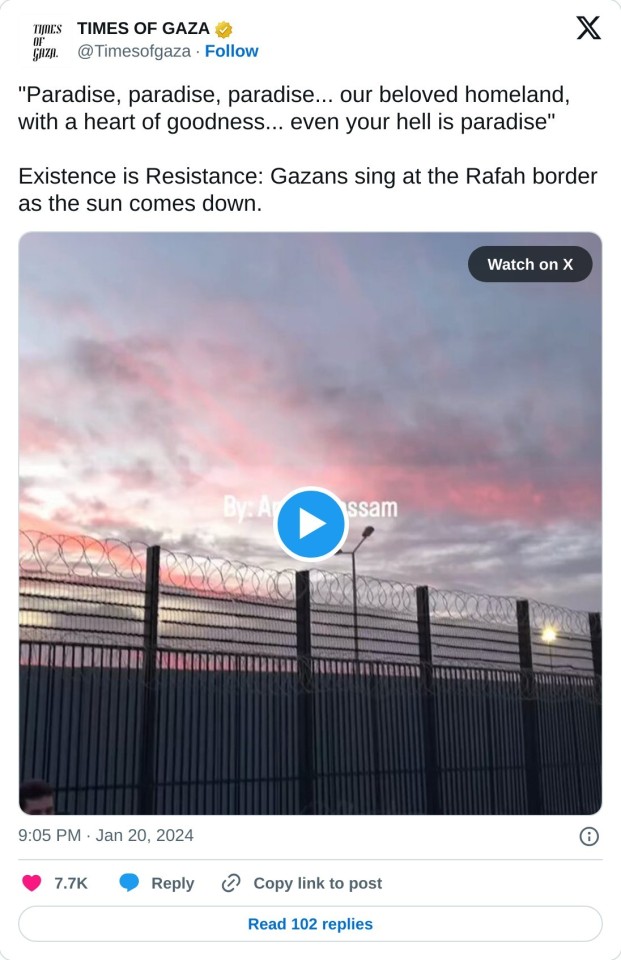

#yemen#jerusalem#tel aviv#current events#palestine#free palestine#gaza#free gaza#news on gaza#palestine news#news update#war news#war on gaza#Palestinian resilience#genocide#gaza genocide#palestinian joy#long post
36K notes
·
View notes
Note
hey, how do you cope with people saying we only have a small amount of time left to stop the worst effects of climate change? no matter how hopeful and ok i am, that always sends me back into a spiral :(
A few different ways
1. The biggest one is that I do math. Because renewable energy is growing exponentially
Up until basically 2021 to now, all of the climate change models were based on the idea that our ability to handle climate change will grow linearly. But that's wrong: it's growing exponentially, most of all in the green energy sector. And we're finally starting to see proof of this - and that it's going to keep going.
And many types of climate change mitigation serve as multipliers for other types. Like building a big combo in a video game.
Change has been rapidly accelerating and I genuinely believe that it's going to happen much faster than anyone is currently predicting
2. A lot of the most exciting and groundbreaking things happening around climate change are happening in developing nations, so they're not on most people's radars.
But they will expand, as developing nations are widely undergoing a massive boom in infrastructure, development, and quality of life - and as they collaborate and communicate with each other in doing so
3. Every country, state, city, province, town, nonprofit, community, and movement is basically its own test case
We're going to figure out the best ways to handle things in a remarkably quick amount of time, because everyone is trying out solutions at once. Instead of doing 100 different studies on solutions in order, we get try out 100 (more like 10,000) different versions of different solutions simultaneously, and then figure out which ones worked best and why. The spread of solutions becomes infinitely faster, especially as more and more of the world gets access to the internet and other key infrastructure
4. There's a very real chance that many of the impacts of climate change will be reversible
Yeah, you read that right.
Will it take a while? Yes. But we're mostly talking a few decades to a few centuries, which is NOTHING in geological history terms.
We have more proof than ever of just how resilient nature is. Major rivers are being restored from dried up or dead to thriving ecosystems in under a decade. Life bounces back so fast when we let it.
I know there's a lot of skepticism about carbon capture and carbon removal. That's reasonable, some of those projects are definitely bs (mostly the ones run by gas companies, involving carbon credits, and/or trying to pump CO2 thousands of feet underground)
But there's very real potential for carbon removal through restoring ecosystems and regenerative agriculture
The research into carbon removal has also just exploded in the past three years, so there are almost certainly more and better technologies to come
There's also some promising developments in industrial carbon removal, especially this process of harvesting atmospheric CO2 and other air pollution to make baking soda and other industrially useful chemicals
As we take carbon out of the air in larger amounts, less heat will be trapped in the atmosphere
If less heat is trapped in the atmosphere, then the planet will start to cool down
If the planet starts to cool down, a lot of things will stabilize again. And they'll probably start to stabilize pretty quickly
#Anonymous#ask#me#carbon removal#carbon sequestration#carbon emissions#air pollution#forests#afforestation#wetlands#regenerative farming#regenerative agriculture#agriculture#renewable energy#renewable electricity#solar power#wind power#climate change#climate anxiety#climate resilience#good news#hope#hope posting
5K notes
·
View notes